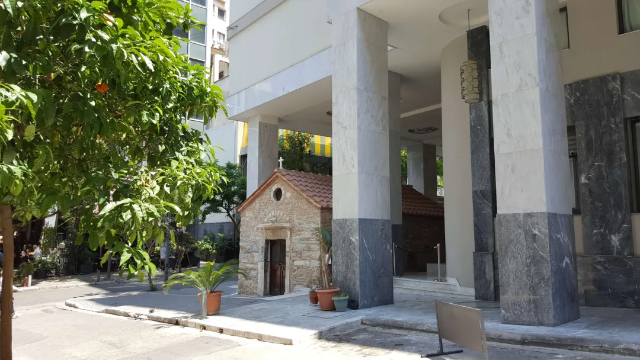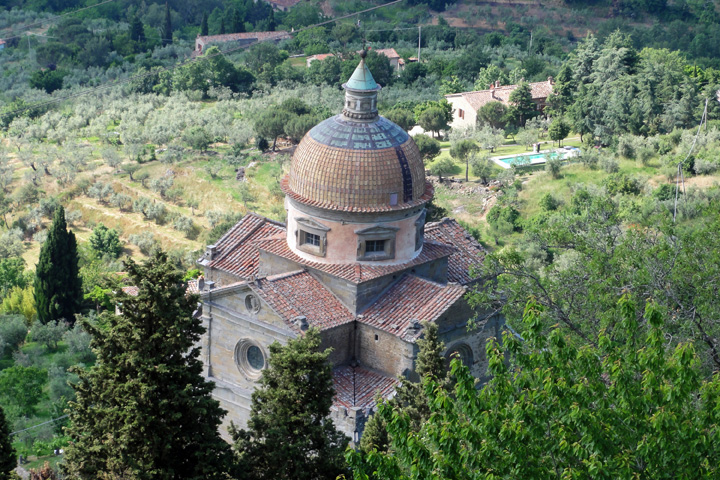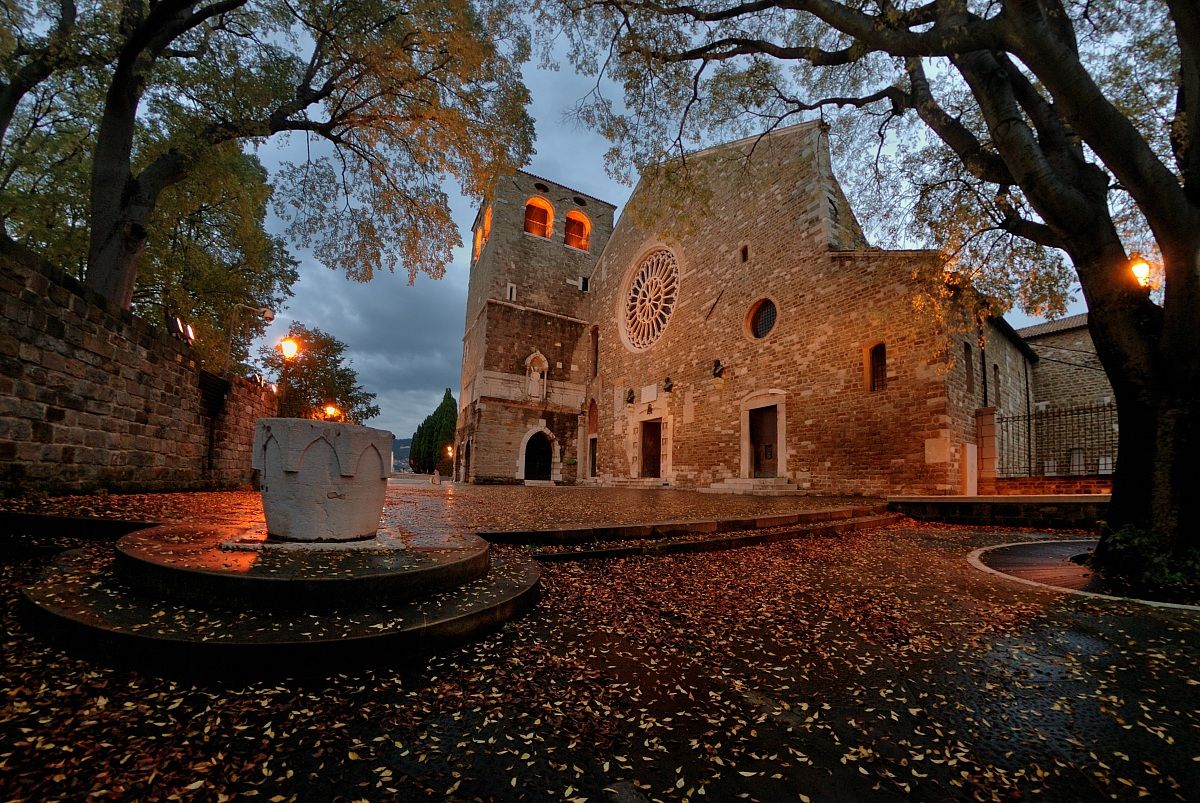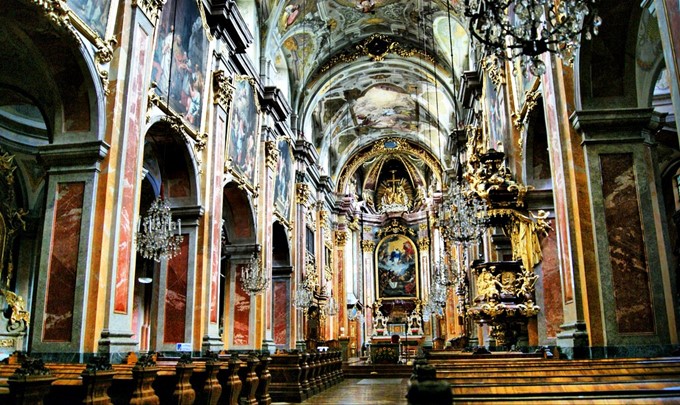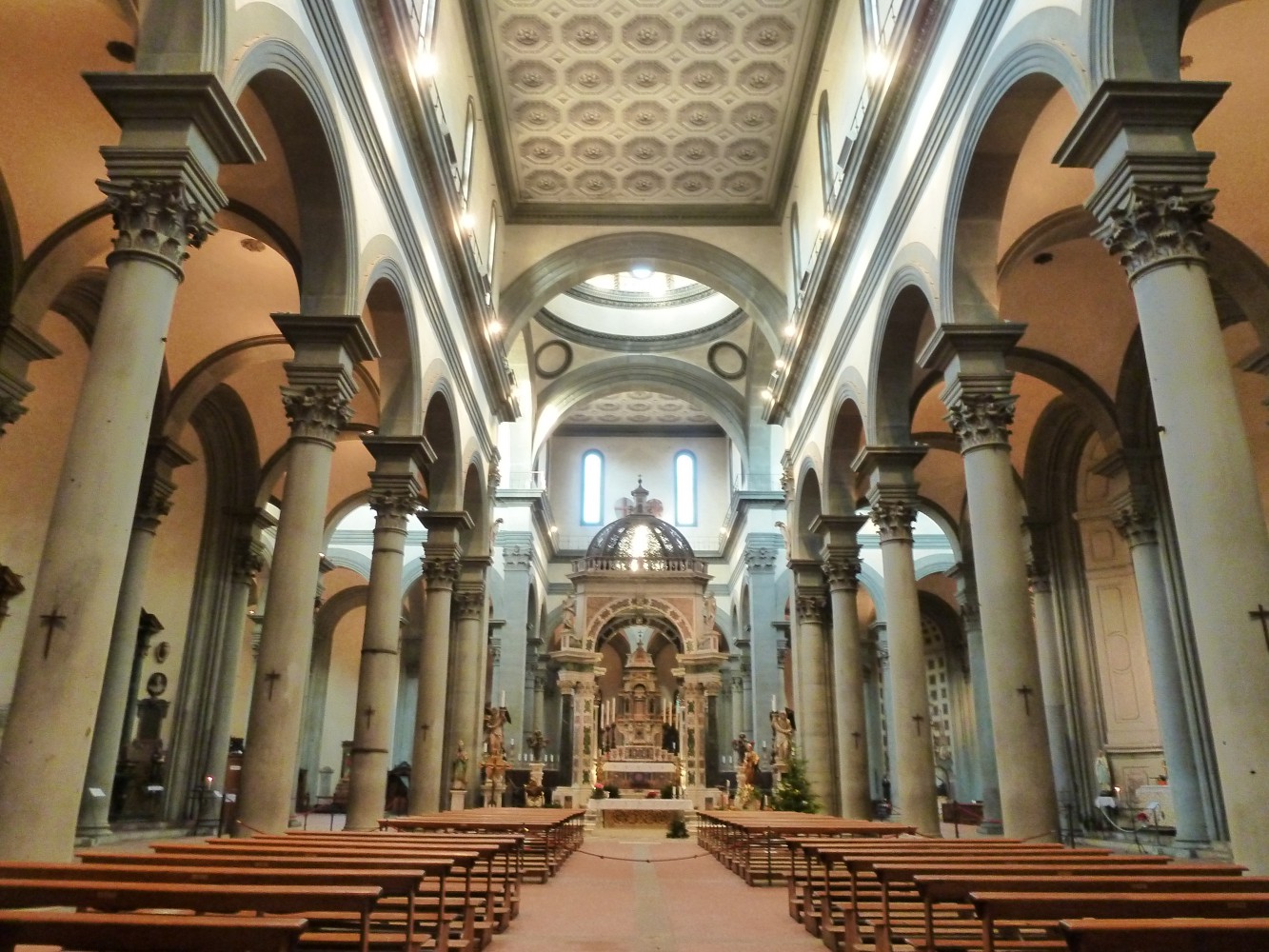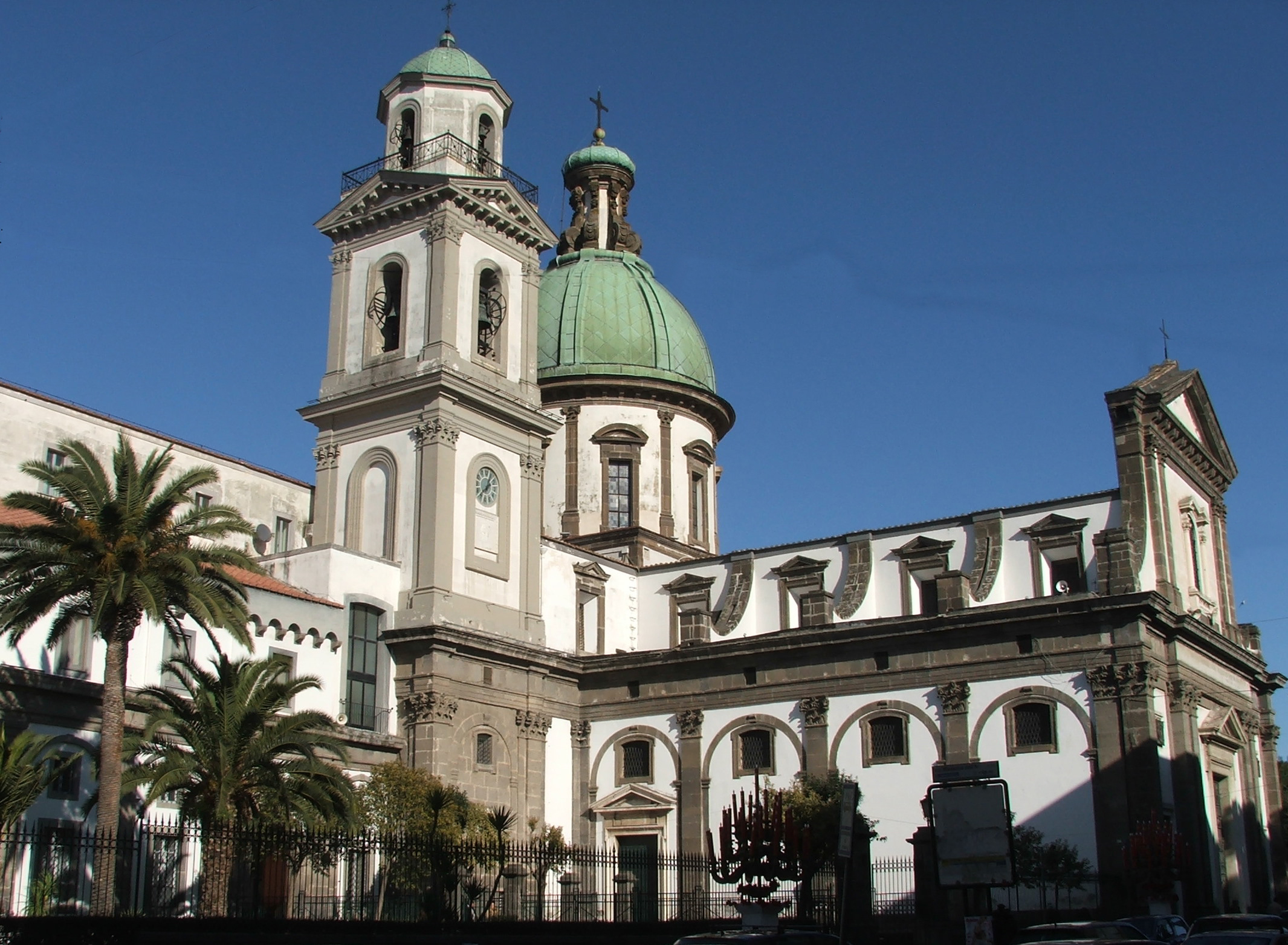Amidst the ever-evolving landscape of Athens, one quaint Byzantine-era Greek Orthodox church stands as both a symbol of history and an intriguing anomaly. The Agia Dynami (Holy Power) church, nestled in the heart of the city, pays homage to the Virgin Mary and holds a special place for pregnant women who come to seek her blessings for a safe delivery. It carries a unique distinction among Athens’ Byzantine churches – it’s entirely encircled by modern structures, a testament to the harmonious coexistence of antiquity and contemporary life.
This charming church, constructed in the 16th century, weathered significant changes over time. After the victory of the Greek War of Independence in the 1830s, the adjacent buildings were razed to widen the street, accommodating the city’s burgeoning needs. In the 1950s, the region underwent redevelopment, and the Greek government attempted to secure the land occupied by the church for the new Ministry of Education and Religion headquarters.
However, the Greek Orthodox Church staunchly refused to relinquish the property. Consequently, a decision was made to build over the church. The result: this small, single-aisle church became almost entirely encased within a contemporary municipal structure, nestled between the support columns of the new construction. Notably, the building housing the church was transformed into the Electra Metropolis Hotel in 2016.
Inscriptions discovered on the grounds suggest that the church was erected on the site of an ancient temple dedicated to Heracles, the Greek demigod famed for his incredible strength and completion of the “12 labors” at the behest of the king of Tiryns. The site also revealed a 50-foot tunnel beneath the church, connecting it to an extensive cave system that some speculate reaches all the way to the Acropolis and the Kaisariani Monastery on the north side of Mount Hymettus. In 1963, a steeple was erected over the tunnel entrance, rendering it inaccessible.
During the War of Independence, Greek munitions experts faced the difficult task of producing bullets for the Turks within the church. Remarkably, they managed to craft a substantial quantity for the Greek revolutionaries as well, clandestinely transporting them out each night amid the garbage.
The church typically opens its doors daily, welcoming Athenians who pause on their way to and from work to offer a quick prayer or light a candle. Its primary celebration unfolds annually on September 9, commemorating the birth of the Virgin Mary.
It’s important to be mindful of dress codes that vary among Greek Orthodox churches. To enter, it is advisable to don modest attire and conduct oneself with respect for the church and its members. For men, it’s best to avoid shorts, tank tops or sleeveless shirts, and sandals or flip-flops. Women should steer clear of garments that expose their shoulders – anything strapless or with thin straps is discouraged. Skirts and dresses should minimally reach below the knee, and some churches may require no exposed legs at all.
